The Keystone Film Company put out Charlie Chaplin’s earliest films, and his first three were released within 7 days of each other in February of 1914. Last time I watched Making a Living, which hit theaters on February 2nd. Five days later, on the 7th, his second film, Kid Auto Races at Venice, came out. Just two days after that, he had a third film playing, called Mabel’s Strange Predicament, which I’ll watch next.
The real news here is that Kid Auto Races at Venice is the onscreen debut of Chaplin’s famous Tramp character. Where he was almost unrecognizable to me in the previous film, he’s unmistakably Chaplin this time around, wearing the baggy pants, and with his iconic bowler hat and toothbrush mustache in place.
The film is barely a film. It was shot in Venice, California on January 10th, 1914, while something called the Kid Auto Races were taking place. Those were ten-mile races for 14-year-old boys driving one- and two-cylinder homemade cars. Yes, you heard that right. 14-year-old boys racing homemade cars.
Do I even need to say that the Kid Auto Races are a thing of the past? In today’s litigation-minded world of hyper-protective, helicopter parents, it goes without saying that untrained 14-year-olds, without licenses, helmets, or seatbelts, are no longer being actively encouraged to race homemade cars through city streets, but that was the way the world worked in 1914, as kids raced at high speeds through the streets of Venice and Santa Monica, while ten thousand people lined up to watch.
Chaplin spends the film wandering into the street, being shoved back by the film’s director, Henry Lehrman, again in a co-starring role. This time he’s gone meta, as he is directing himself in a film in which he plays the director of a film. Lehrman is there to film the kid races, and Chaplin keeps walking into his shots.
Besides seeing Chaplin in his first outing as The Tramp, the highlight of this film is the race and its audience. These clearly weren’t actors. The film was shot while the Junior Vanderbilt Cup was taking place, and Chaplin and Lehrman set up cameras and improvised some comedy on the spot. You can see some of the spectators, especially the youngest children, paying more attention to Chaplin than to the race itself. Some of the best moments of the film are when the camera pans across the crowd, and you can see so many faces, young and old, and can soak in the mood of the day, the fashion of Edwardian era Los Angeles. Even the haircuts offer a snapshot of that moment in time. Beyond that, it’s wonderful to see what Venice looked like over 100 years ago, and marvel at a Los Angeles with such open spaces and simple streets.
I realized that a film like this was only possible at this early stage in Chaplin’s career. Within a year or two he and his Tramp would become Hollywood’s biggest star, and had he showed up at an event like this he would have been mobbed by fans and unable to shoot a film of this sort. Only the anonymity of his then-new career allowed for this film to be made, which makes it that much more of a treasure. On that day in January, 1914, the most famous person in Venice was almost certainly Albert Van Vranken Jr., winner of the 1914 Kid Auto Races.
As is the case with many of these early short films, I don’t own a copy, and had to watch on YouTube. Fortunately these early films are all in the public domain. You can watch below.
Next I’m watching: Mabel's Strange Predicament [1914], directed by Mabel Normand.

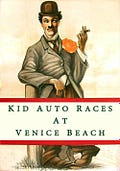



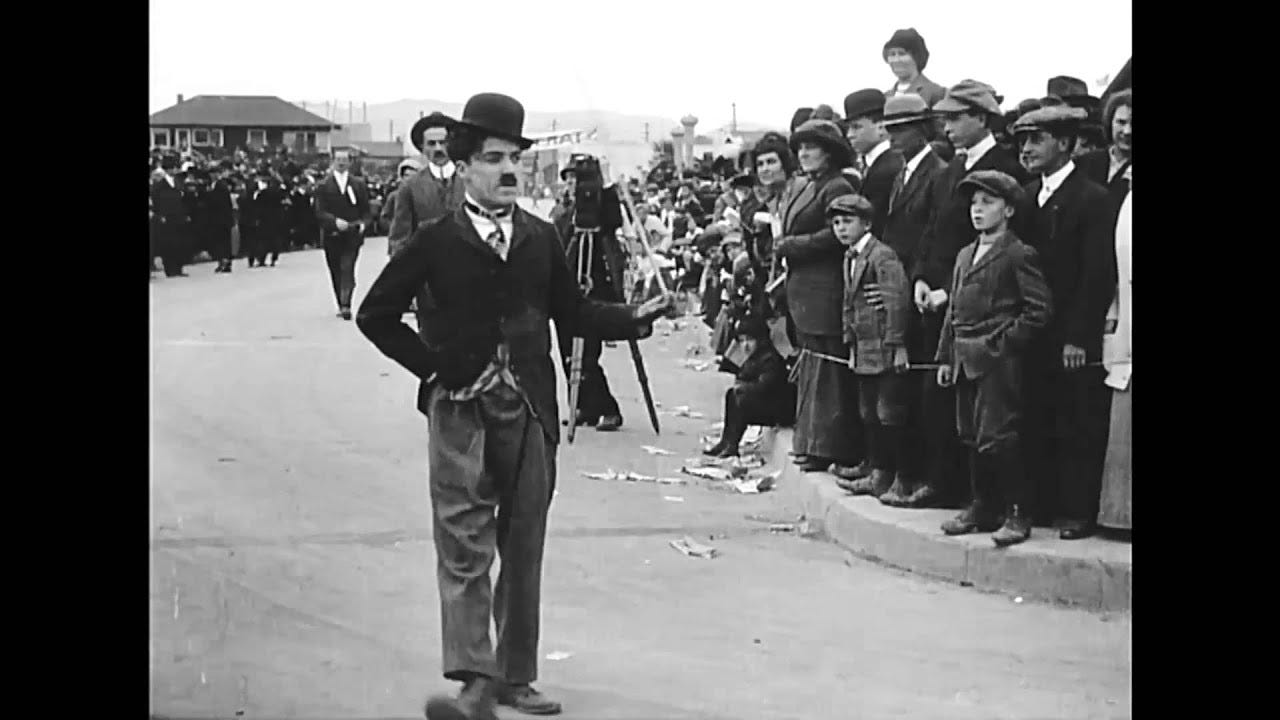


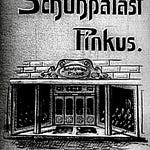
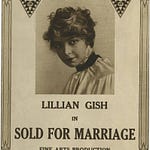
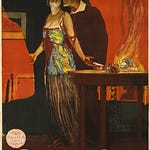
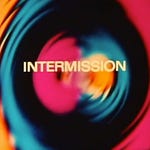

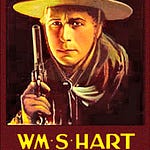
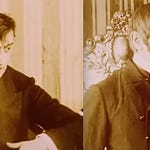
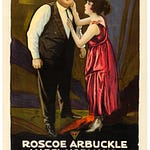
Kid Auto Races at Venice (Feb. 7, 1914)